When zoo animals come into your living room
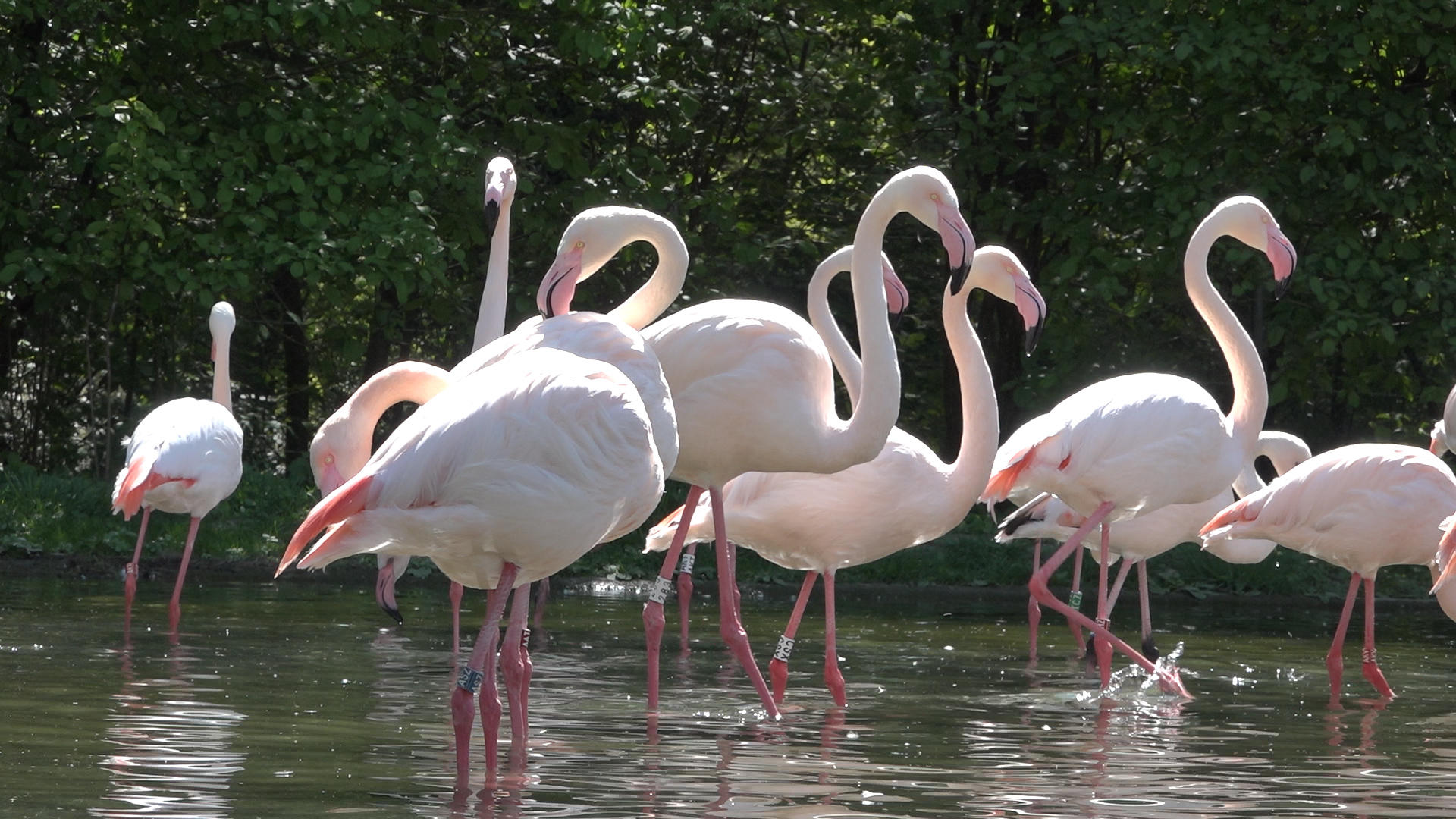
Zoos may be closed in Switzerland for the time being, but that doesn’t stop children at home from learning how the animals live and behave behind closed gates.
Like schools in Switzerland, Bern Animal Park has been closed since mid-March because of Covid-19. The zoo recently published a series of videos and learning materials for children being schooled at home, under the heading dählhölzli@homeExternal link. Youngsters can see how frogs grow, from the spawning stage to a fully fledged hopping creature, captured on webcam. One of the zoo teachers, Peter Schlup, takes visitors to meet bears and reptiles and explains their unique biology. Videos linked with observation tasks and other educational materials for older children also shed light on bird behaviour, focusing particularly on flamingoes.
Teaching mandate
As the zoo belongs to the city of Bern, it has a teaching mandate and, with its team of pedagogical experts, works closely with the directorate of education and schoolteachers to develop learning materials for children of all ages. The courses have to fit into the “Lehrplan 21”External link curriculum project, which harmonises the education system in Switzerland’s 21 German-speaking cantons. Peter Schlup explained that in non-Covid-19 times, schools treat the zoo as an extracurricular learning place with frequent visits. After it closed, teachers requested digital learning materials instead for use in their biology lessons, all of which are provided free of charge for the students.
Zoo turned nature reserve
Visiting the zoo during the present shutdown is a little like a trip to a wildlife reservation. The normally crowded paths between enclosures are empty and only animal calls can be heard, apart from the scrape of a shovel as a zookeeper cleans out a bird cage. Depending on the species, the animals react differently to the odd newcomer. The flamingoes flap their wings and shriek, greatly agitated. In the vivarium, homeExternal link to monkeys, snakes, spiders, fish, tortoises and a crocodile, the small monkeys rush to the windows to gaze with fascination at new arrivals, deprived of their normal activity of people watching. The seals outside the vivarium are also curious to see a human on the scene and swim over, while one of the muskox, which do not normally react to humans when there are crowds around, is now on high alert and approaches cautiously to get a better look.
The zoo staff have had to provide more stimulation for the Goeldi’s marmosets and squirrel monkeys during lockdown, installing coconut shell food dispensers and more hammocks and tubes to climb through. These changes in animal behaviour in the absence of visitors are featured in the online learning materials at dählhölzli@home. One of the videos also shows the zoo director Bernd Schildger riding by a monkey enclosure and doing tricks on his bike.
Virtual guides welcomed
Peter Schlup says the feedback from teachers on the digital offering has been positive and the zoo is considering how to extend it, even after the public is readmitted, to make it easier for schools that cannot visit due to budget restraints.
Other Swiss zoos have also tried to keep in touch with and update the public during lockdown. Zoo Zurich, for instance, provides a daily online diaryExternal link with updates on how the animals are doing. Goldau Animal ParkExternal link (canton Schwyz) and Zoo Basel offer some tipsExternal link on how to make animal-themed handicrafts and experiments that children can carry out at home. On its website, Zoo Basel reportsExternal link that “five of the female pygmy goats recently gave birth to twins so there are 14 kids frolicking around their enclosure”. At the Walter Zoo in Gossau, canton St Gallen, the camels have obviously been revelling in their newfound freedom, with lots of space to gallop around in in the absence of humans.
Zoos in danger
The lockdown presents serious challenges for zoos that depend on a steady number of visitors to fund their operations. The Bern Animal Zoo has been severely hit financially by the virus, with many staff members now working part-time, but because the zoo belongs to the city of Bern it is not at risk. Zoo Zurich, on the other hand, is partially privatised: 75% of the shares are held by private shareholders and only 25% by the city and canton of Zurich. At this time of year, there are normally 3,000 visitors per day. The animals still have to be fed and, according to Swiss public television, SRF, staff salaries amounting to CHF70,000 ($71,900) per day are still being paid.
Basel Zoo is in a similar position. Most of its costs are normally covered by entrance fees and income from the restaurant and zoo shop. One third of its expenses are covered by donations, inheritances and partly by income from securities and real estate. But perhaps the hardest hit are smaller zoos like Johns kleine FarmExternal link (John’s little farm) in Kallnach, canton Bern, which was already on the brink of closure before the lockdown, and has relied on crowdfunding to help feed its animals.

More
Coronavirus: the situation in Switzerland

In compliance with the JTI standards
More: SWI swissinfo.ch certified by the Journalism Trust Initiative





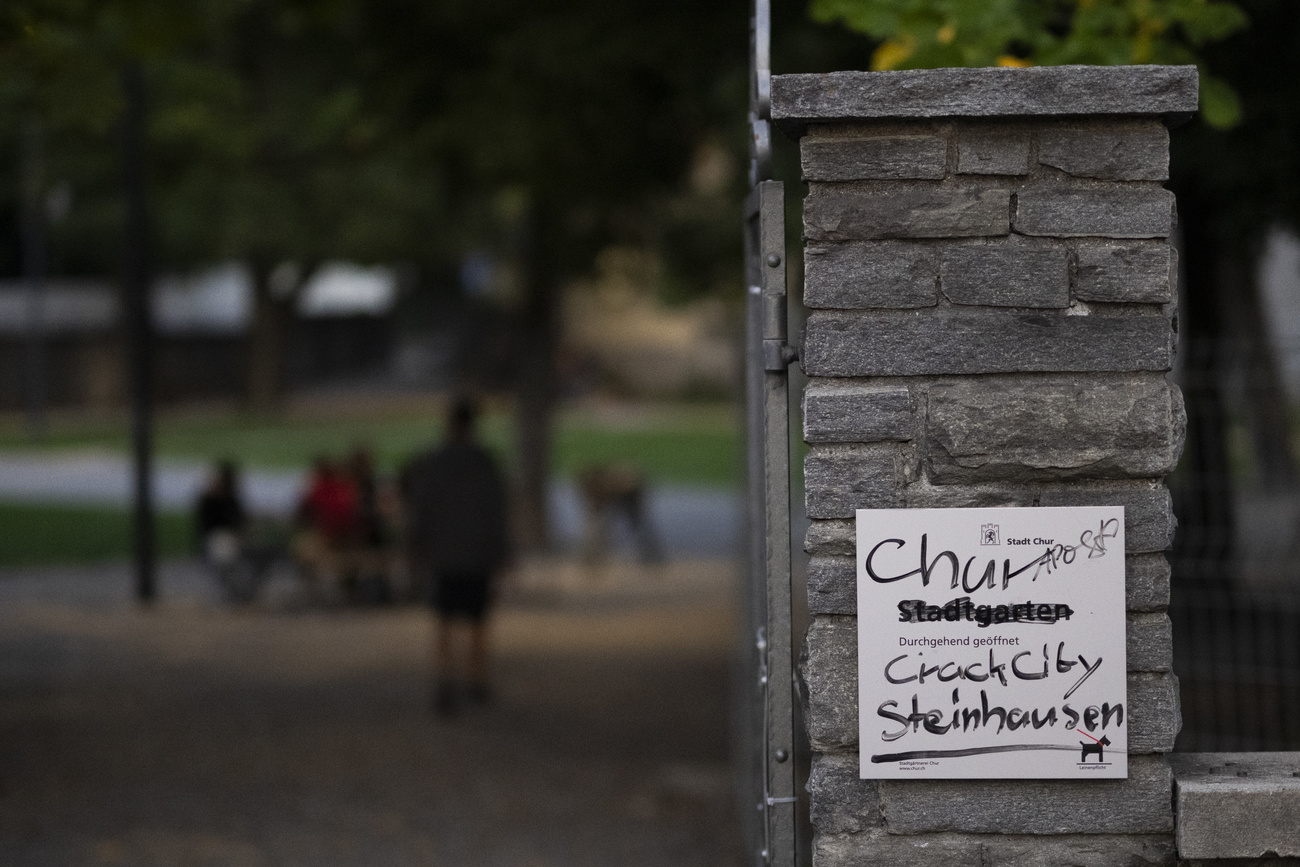



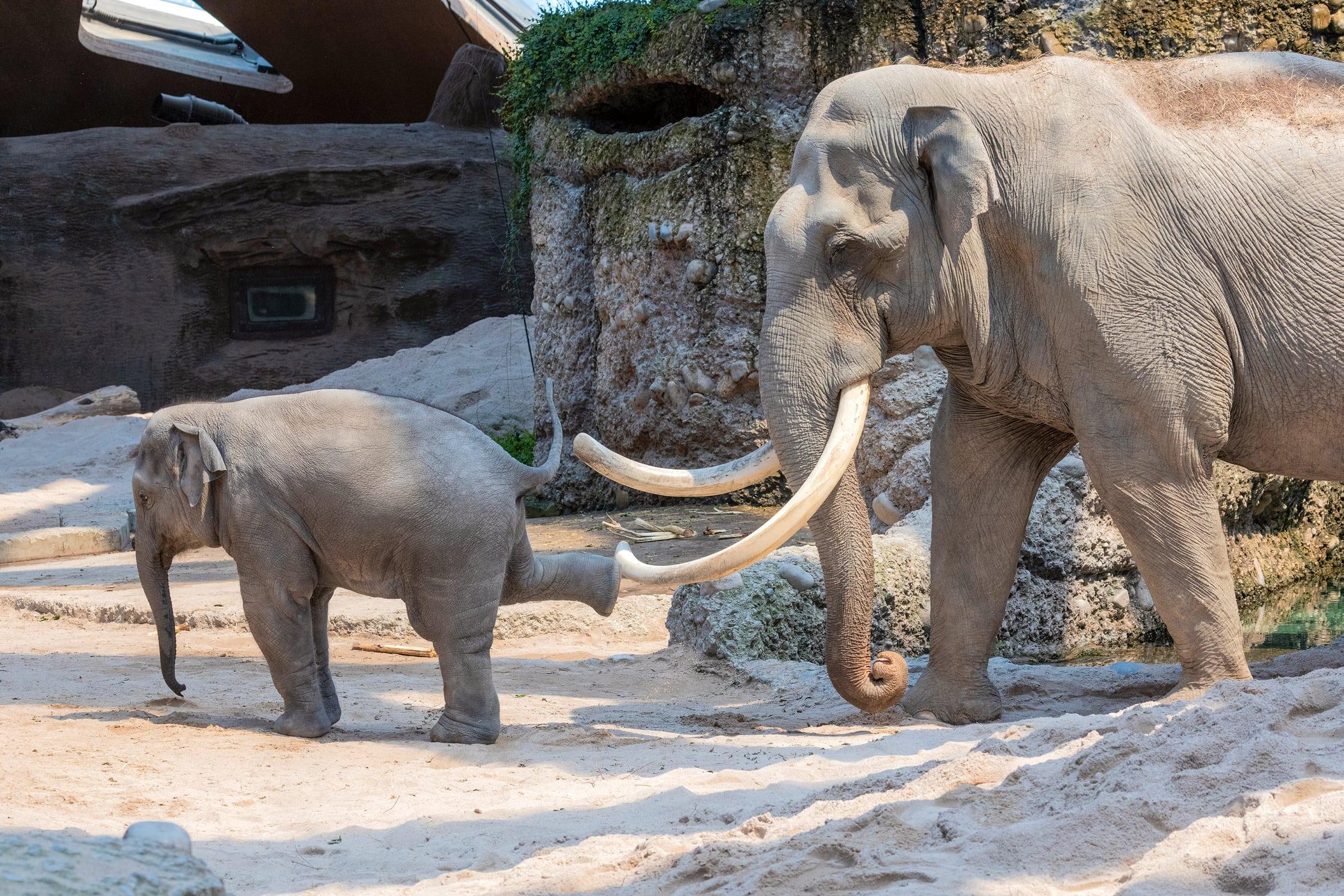
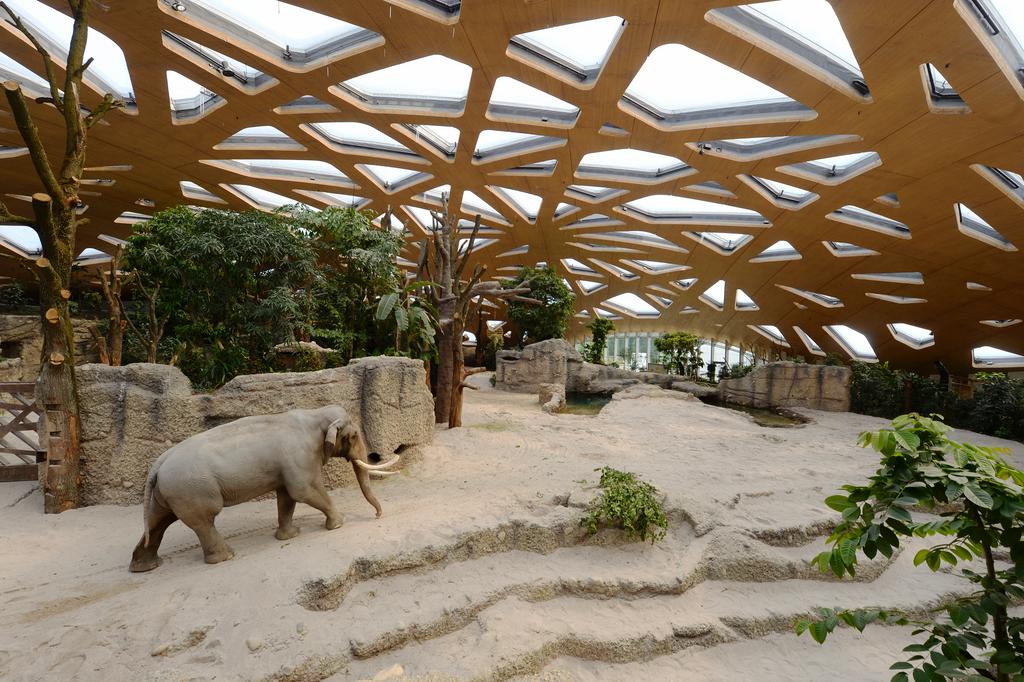

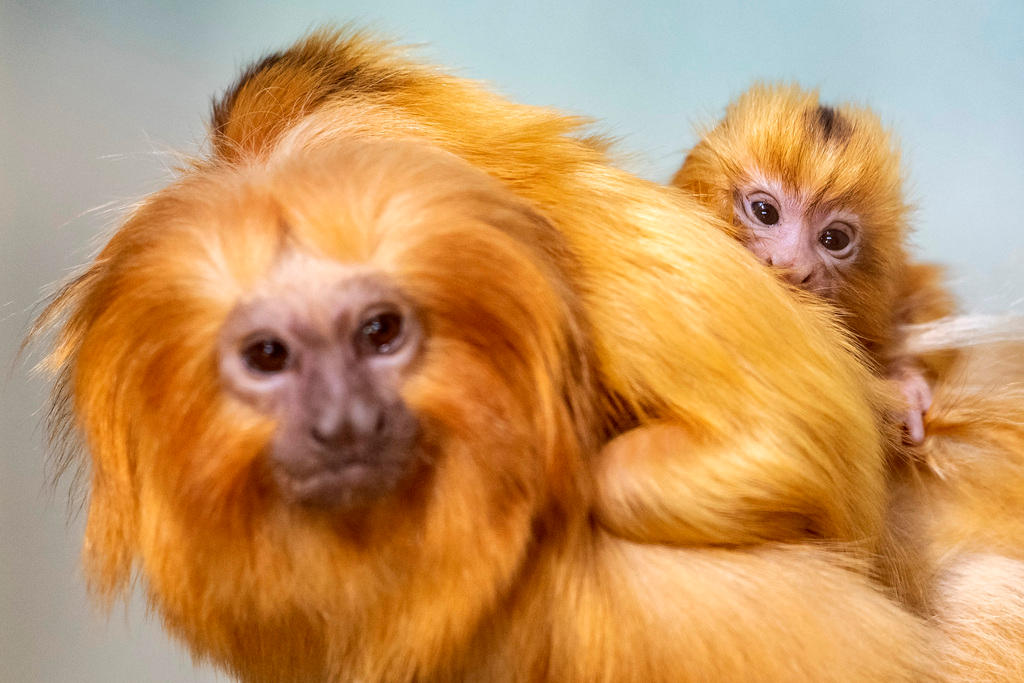



You can find an overview of ongoing debates with our journalists here . Please join us!
If you want to start a conversation about a topic raised in this article or want to report factual errors, email us at english@swissinfo.ch.